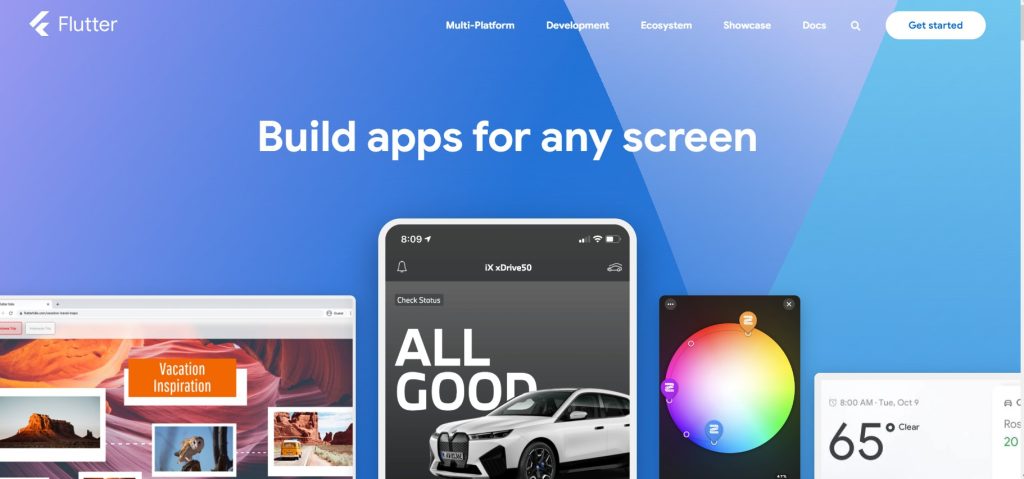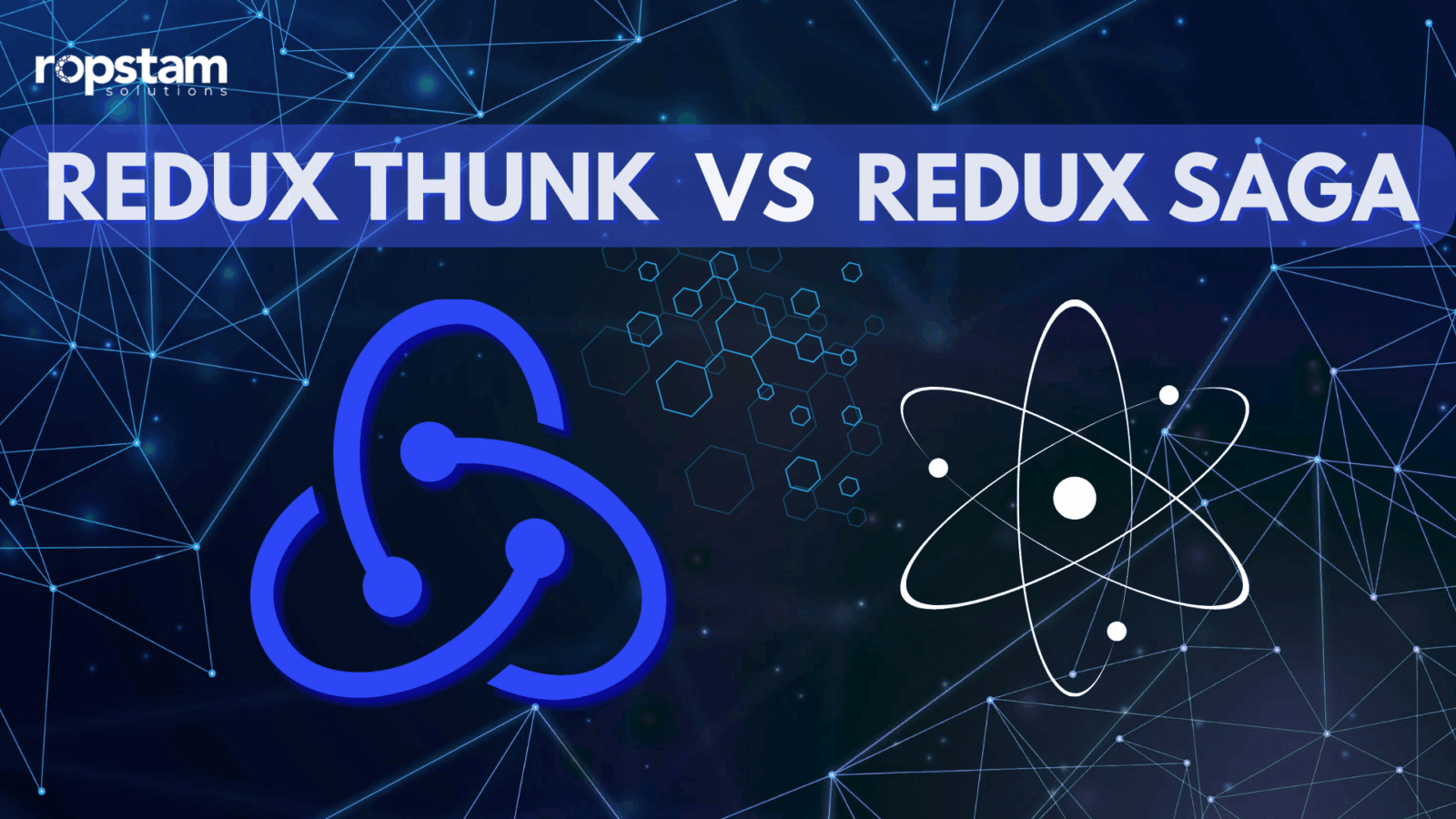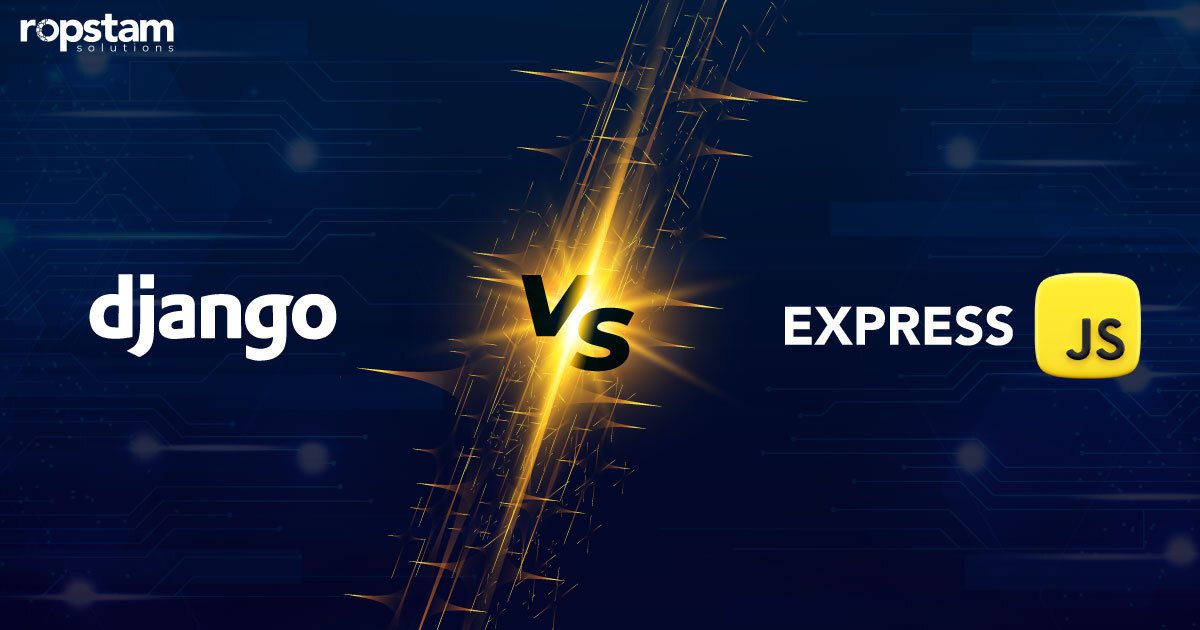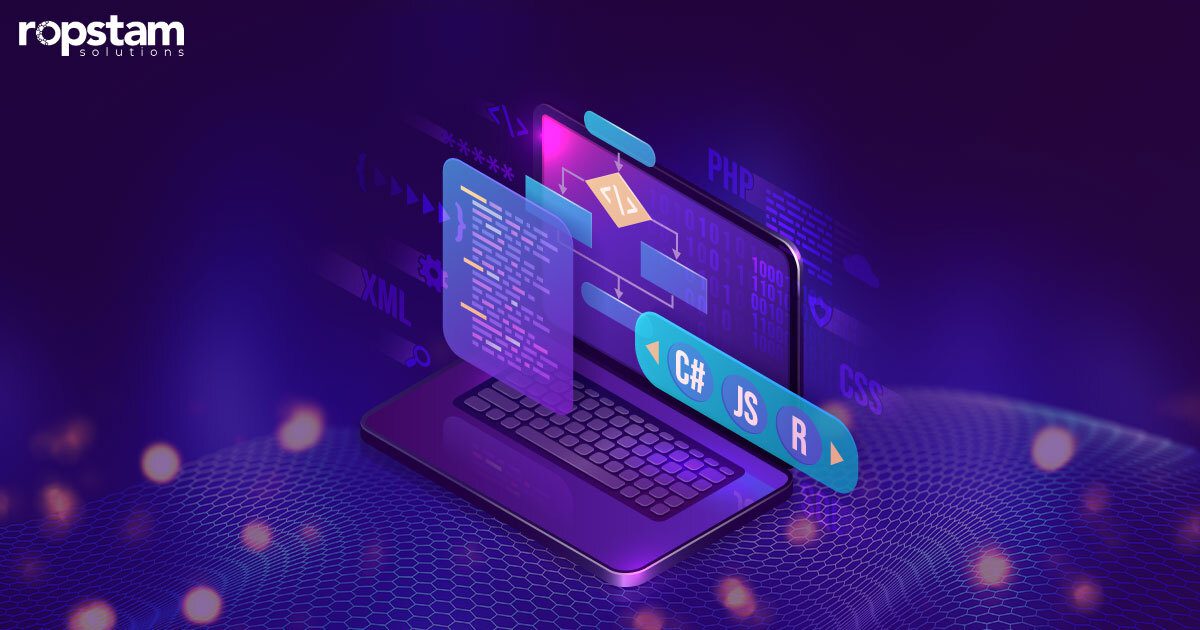In the modern era, software applications have become an integral part of our everyday lives. Thanks to the unprecedented popularity of smartphones, every business opts for a mobile application to reach a wider audience. Cross-platform development frameworks enable developers to create applications across multiple platforms.
With the ever-increasing adoption of cross-platform frameworks for developing mobile and desktop applications, it’s of paramount significance to pinpoint the ideal frameworks for application development. This article will guide you through the top cross-platform application development frameworks to help you make an informed decision before initiating the development stage.
What is a Cross-Platform App Development Framework?
A cross-platform app development framework is a software toolkit that allows developers to build mobile or desktop apps that can run on multiple operating systems from a single codebase. The framework provides a common set of APIs, tools, libraries, and architecture that abstracts away platform-specific details at a low level.
This key capability enables writing app code only once that can then be deployed to different target platforms like iOS, Android, Windows, macOS, and the web without significant modifications.
Popular examples of widely used cross-platform frameworks include React Native, Flutter, Xamarin, Ionic, and Electron. These toolkits allow sharing of business logic, utilities, and backend communication across platforms while still rendering native UI components. This maximizes code reuse and significantly improves developer productivity compared to building fully native apps for each operating system, which requires maintaining separate codebases in languages like Swift, Kotlin, Objective-C, and Java.
The main advantages of cross-platform app frameworks are the ability to have much faster development cycles, reduced costs and efforts associated with development and testing, and easier long-term maintenance, only needing to update one codebase.
However, there can be limitations around some very platform-specific features not being fully supported or accessible via the abstraction layer of the cross-platform framework. In certain cases, more custom platform-dependent code may need to be written to bridge capability gaps or implement specialized native experiences.
But overall, cross-platform app frameworks significantly streamline building high-quality, well-performing apps efficiently across platforms. They are popular among both startups and enterprises looking to reach both iOS and Android mobile users without duplicating efforts.
Top Cross-Platform App Development Frameworks in 2024
There are a host of cross-platform frameworks accessible to developers for creating interactive software applications. Some of the best hybrid frameworks have been highlighted in the following passage:
1) React Native
React Native is an open-source framework utilized for creating cross-platform applications. Developed in 2015 by Facebook’s parent company, Meta, React Native is based on React. Using this framework, developers can easily create both iOS and Android versions of mobile applications with native feeling.
One of the biggest advantages of this framework is that it allows developers to utilize their pre-existing knowledge of JavaScript as well as React for creative, high-quality mobile applications. Consequently, web developers only need to utilize their existing knowledge of React to create mobile applications.
Release Date: March 26th, 2015
Supported By: Facebook
Developed Mobile Applications: Skype, Shopify, Facebook, Instagram
Key Features:
- React Native allows developers to write code once and use it for both iOS and Android platforms. This reduces development time and effort compared to building separate native apps for each platform.
- Given that React Native Apps cannot be classified as web applications, they are able to achieve a near-native performance thanks to the compilation of native code.
- The hot reload feature in React Native allows the developers to see the results of the changes in the code instantaneously. This speeds up the development process and reduces the chances of errors.
- React Native has a large and active community of developers. This results in a vast ecosystem of open-source libraries, tools, and plugins that can be used to extend the functionality of your app.
2) Flutter
Flutter is another open-source development kit for creating mobile, web, and desktop applications using a single codebase. Developed and maintained by Google, Flutter has gained immense popularity in a relatively short time period.
Using Flutter, developers can not only create hybrid mobile applications, but it also supports the development of interactive web and desktop applications. However, there are certain challenges associated with the Dart language – the built-in language of the Flutter framework – given that it hasn’t been widely used by developers at such a large scale before.

Release Date: December 2019
Supported By: Google
Developed Mobile Applications: Google Ads, Google Pay, New York Times, eBay Motors
Key Features:
- Flutter empowers developers to craft expressive and visually appealing user interfaces. Its flexible design allows for creative freedom in UI development, helping apps stand out.
- Flutter compiles native ARM code, delivering near-native performance on both iOS and Android platforms. This ensures smooth animations and responsive user experiences.
- Flutter’s “write once, run anywhere” philosophy allows businesses to maintain a single codebase for all platforms. This reduces development and maintenance costs while ensuring consistency across different devices.
- It supports a wide range of customizable, ready-to-use widgets that help developers create beautiful and consistent user interfaces. Widgets are the building blocks of Flutter apps, providing flexibility in UI design.
3) Ionic
Ionic is a versatile and popular open-source framework for building cross-platform mobile and web applications using web technologies like HTML, CSS, and JavaScript. Launched in 2013, it has evolved into a robust and developer-friendly solution, offering a comprehensive set of tools and components. The strength of this cross-platform app development framework lies in its ability to create high-quality, native-like user interfaces for iOS, Android, and the web from a single codebase.
With a strong focus on performance and a rich library of pre-designed UI components, developers can rapidly build engaging applications. Ionic also integrates seamlessly with popular front-end frameworks like Angular, React, and Vue, providing flexibility and choice in development. Whether you’re a seasoned developer or new to app development, Ionic simplifies the process, making it accessible to a wide range of professionals.
Release Date: November 2013
Developed Mobile Applications: Sworkit, Pacifica, Honeyfi, McDonald’s Turkiye
Key Features:
- Ionic apps can work offline and utilize local storage, making them suitable for progressive web apps (PWAs) and scenarios with intermittent connectivity.
- Ionic enables developers to create applications for multiple platforms (iOS, Android, web, and desktop) using a single codebase, saving time and effort.
- Ionic apps are responsive and adaptive, ensuring they look and function well on various screen sizes and devices.
- It offers theming and customization options, allowing developers to create unique app designs and branding easily.
4) Xamarin
Xamarin is a widely used cross-platform mobile app development framework owned by Microsoft that enables building native iOS, Android, and Windows applications using C# code and the extensive .NET framework.
This framework provides bindings and wrappers to access native device APIs and user interface components while allowing the sharing of common business logic code across platforms using .NET libraries and C#. This means apps can be ported across operating systems with minimal effort.
Xamarin enables integrated development environments on Windows and macOS with tight integration into Visual Studio for streamlined app building and testing. For development teams already working with Microsoft technologies like C# and .NET, Xamarin represents an attractive cross-platform solution for entering the mobile app market while leveraging existing skills.
Release Date: December 2012
Supported By: Microsoft
Developed Mobile Applications: Microsoft News, Outback, UPS Mobile, Alaska Airlines, The World Bank
Key Features:
- Xamarin uses C# as its primary programming language, making it easier for developers with C# expertise to create cross-platform apps.
- It enables access to a vast library of native UI components and platform-specific APIs, allowing developers to create native-like user interfaces for iOS, Android, and Windows apps.
- Apps built using Xamarin deliver native-like performance because they compile to native code, ensuring smooth and responsive user experiences.
- This framework boasts a strong developer community and a wide range of third-party libraries and plugins, making it easier for developers to find solutions and extend functionality.
5) NativeScript
NativeScript is an open-source framework that empowers developers to build truly native mobile applications for iOS and Android using a single codebase. Launched by Progress Software in 2014, NativeScript is known for its ability to provide direct access to native APIs, enabling the creation of high-performance, visually appealing apps with a native look and feel.
With NativeScript, developers can leverage their existing web development skills to create mobile apps that deliver the best user experiences, while the framework’s deep integration with Angular, Vue.js, and TypeScript offers flexibility and choice in development.
Release Date: March 2015
Developed Mobile Applications: Strudel, Bitpoints Wallet, Dwitch
Key Features:
- It allows developers to reuse significant portions of their codebase across platforms, reducing duplication and making maintenance more manageable.
- A robust community supports NativeScript, providing a wealth of plugins and extensions to extend functionality and streamline development.
- NativeScript offers a wide range of pre-built UI components, allowing developers to create visually appealing and responsive user interfaces.
- NativeScript supports JavaScript, TypeScript, and Angular, making it accessible to a broad range of developers with varying skill sets.
Related services in which you might be interested
Ready to catch the attention of your audience with a stunning and responsive mobile app? Transform your digital presence with Ropstam Solutions’ front-end development services. At Ropstam, we specialize in creating visually engaging, user-friendly interfaces that enhance your brand’s image in the eyes of your audience. Get in touch with us today.
How to Choose the Right Cross-Platform App Development Framework?
Given the rapid rise in the popularity of cross-platform frameworks like Flutter, React Native, Xamarin, etc., there are a number of factors that must be evaluated before deciding the most suitable option for mobile app development. Here are some of the factors that you must take into account when choosing a cross-platform framework for your next project:
1) Target Platforms
One of the major factors in determining what target operating systems you need to build apps for – is it only iOS and Android mobile, or do you also need to target Windows, macOS, the web, and other desktop platforms?
For example, frameworks like Flutter and React Native focus solely on iOS and Android. Therefore, one can claim that frameworks like Flutter and React Native are utilized primarily for cross-platform mobile app development.
On the contrary, options like Xamarin or Electron enable targeting Windows, macOS, the web, and more. The target platform support should align with your project’s audience.
2) Programming Language Preference
Most cross-platform frameworks embrace one main programming language for development, such as JavaScript/React for React Native or Google’s Dart language for Flutter. Choosing a framework that utilizes languages your development team already has experience with can help accelerate building apps by reducing the initial learning curve, ultimately speeding up the project’s time to delivery.
3) Feature Requirements
Take time to carefully evaluate any platform-specific capabilities, device hardware integrations, and APIs your app will need access to, such as advanced camera/media, barcode scanning, Bluetooth, USB, or other niche native device features. Cross-platform tools have plugins and modules available for many common capabilities but may lack support for more specialized native integrations.
4) UI Design Needs
If your app requires pixel-perfect, highly customized UI design, Flutter may be a better choice than React Native, given that the former relies more heavily on native UI components. It’s paramount to analyze how much UI code developers can share across platforms as compared to thee need for platform-specific UI design.
5) Framework Maturity
Every framework has a different level of maturity depending on the community support, third-party libraries, and the overall number of years that have passed since the public release of that framework. More mature frameworks like React Native are relatively stable. Meanwhile, newer ones like Flutter have great momentum but less long-term evidence.
The maturity of a particular framework is an integral element in choosing a particular cross-platform app development framework.
6) In-house expertise
When selecting a cross-platform framework, it is often best to first consider leveraging your development team’s existing expertise in a proven, familiar technology like React Native before adopting an entirely new suite like Flutter that will require an investment in ramp-up and training. Building on current skills can accelerate initial projects.
However, there is also a need to assess if the needs of future apps may require capabilities outside the scope of your current framework proficiencies. Evaluating both immediate and long-term strategic technology needs is wise to avoid the need for costly rework down the road.
Conclusion
With the advancements in digital technology and the evolution of the software development field, the popularity of cross-platform application development frameworks has increased manifolds. The selection of a particular hybrid platform for mobile or web app development depends on the nature of the project and the user requirements, etc. This article illustrated the use cases and features of the top 5 cross-platform app frameworks every developer must be familiar with.













